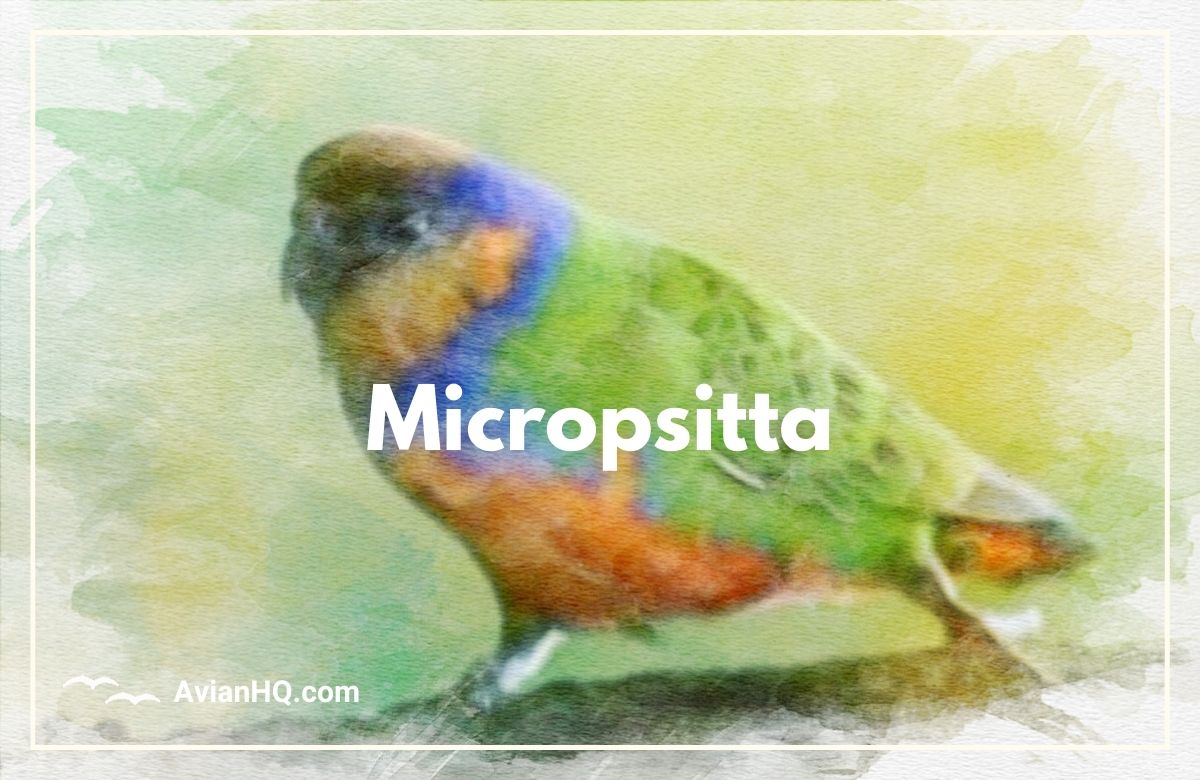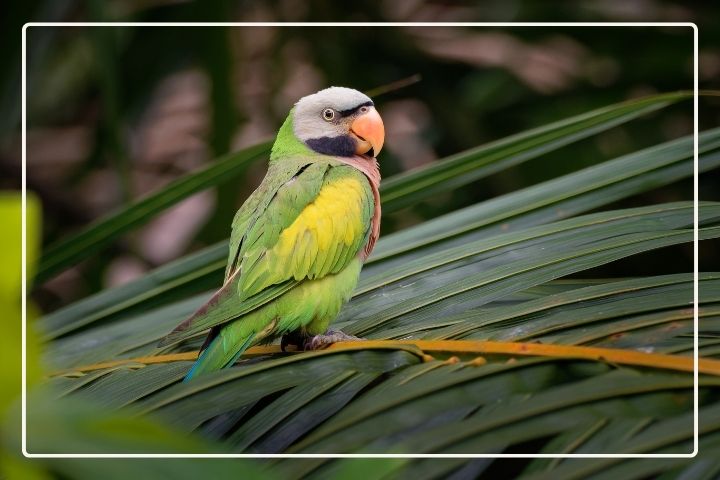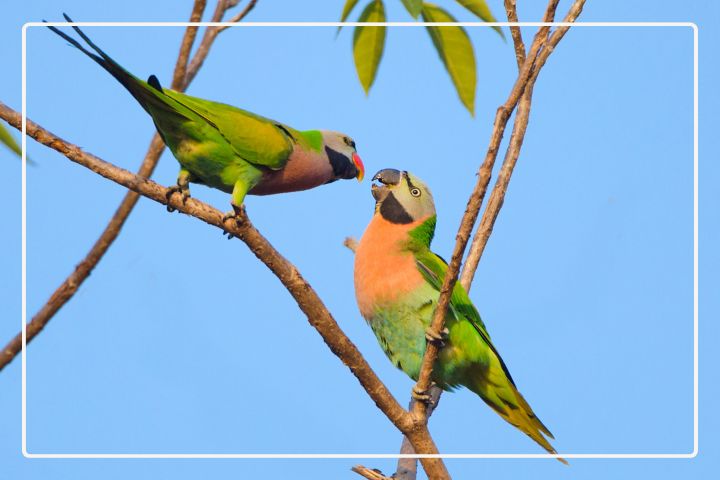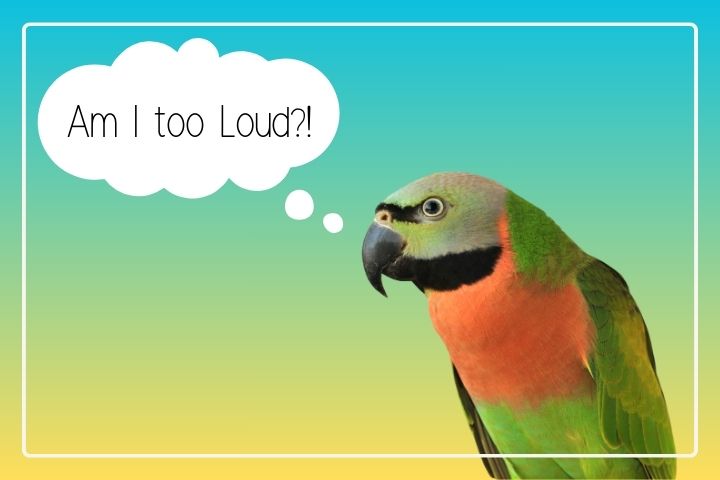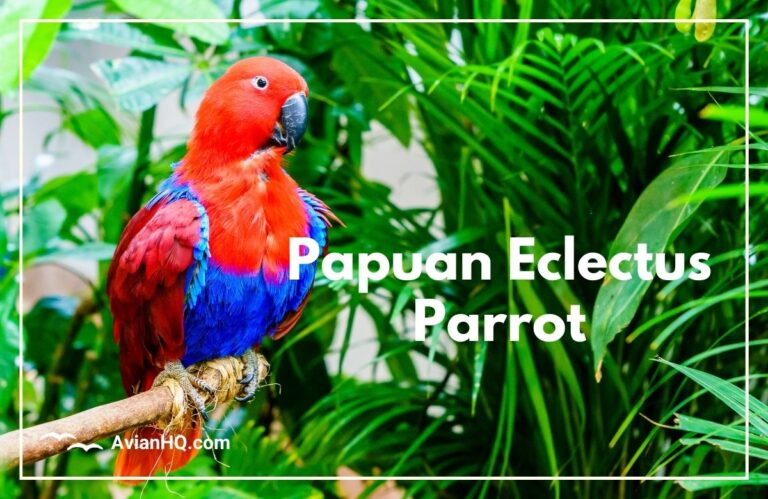Genus: Micropsitta
Have you ever seen a parrot the size of a ping pong ball? Weighing less than half an ounce and small enough to fit in the palm of your hand? Prepare to be amazed by the tiny titans of the parrot world – pygmy parrots!
Found only in the dense rainforests of New Guinea and it’s surrounding islands, these miniature marvels represent the smallest members of the parrot order. Though they may be tiny, pygmy parrots exhibit incredible athleticism and acrobatics as they nimbly climb through the canopy. Their bright plumage in hues of green, yellow, blue, and red adds an element of living art to their forest home.
In this blog post, we will spotlight several pygmy parrot species and get a glimpse into their behaviors, biology, and conservation status. You will uncover amazing facts about these colorful critters along with tips on where to see them in the wild. From the buff-faced pygmy parrot barely exceeding 3 inches in length to the red-breasted pygmy parrot with it’s brilliant crimson breast, an exploration of the Micropsitta genus will open your eyes to a world of diversity in a small package.
So get ready to be wowed by the pint-sized pygmy parrots! Our tour begins with…
Species Spotlights: Meet the Miniature Members of the Micropsitta Genus
The buff-faced pygmy parrot, measuring just over 3 inches (8 cm) in length, holds the record as the world’s smallest parrot species. it’s vibrant plumage displays hues of green, yellow, and blue, including a distinctive buff-colored face. An acrobatic avian, this tiny parrot climbs through New Guinea’s forests using it’s oversized feet and stiff tail feathers.
The yellow-capped pygmy parrot, named for the bright yellow patch on it’s head, dazzles with it’s primarily green and yellow feathers. One of the more active pygmy parrots, it energetically darts around the canopy of the Kai and Aru Islands up to distances of 15 miles (24 km) in search of fruit and seeds.
Endemic to Numfor Island, the geelvink pygmy parrot’s plumage shines in multiple shades of green offset by yellow underparts. Unlike other solitary pygmy parrots, the geelvink forms social flocks of 4-6 individuals that travel together between forest feeding grounds.
Meek’s pygmy parrot, while diminutive, has no shortage of energy. This lively green pygmy with colorful highlights relentlessly climbs through it’s Admiralty Island habitat. It uses it’s grasping toes and curved beak to scale branches and extract fruit and arthropod meals.
Finsch’s pygmy parrot, identified by a vibrant red patch on it’s head, makes it’s home on several islands off New Guinea including New Britain. Though sensitive to habitat disturbance, it adapts well to regrown and secondary forest patches. it’s high-pitched squawks reveal it’s location as it feeds and socializes in the canopy.
Finally, the red-breasted pygmy parrot’s crimson patch on it’s breast distinguishes it from other species. This sociable pygmy travels in flocks up to altitudes of 3,000 feet (914 meters) in New Guinea’s mountain forests, foraging for fungi, lichens, and insects.
Behavior and Intelligence: The Active, Intelligent Lives of Pygmy Parrots
Though small in stature, pygmy parrots exhibit remarkable intelligence and athleticism. Their days are filled with nearly non-stop movement as they forage for food. Equipped with nimble feet and curved beaks, pygmy parrots extract fruit, seeds, nectar, and insects from trees. They have even been observed eating certain mosses, lichens, and fungi.
Pygmy parrots are acrobatic avians capable of rapid maneuvers through dense forest. They can reach speeds up to 15 miles per hour (24 km/h) over short distances as they dart between perches. Their stiffened tail feathers and small size allow them to change direction instantly to avoid obstacles and predators.
Climbing and hanging upside down are no challenge for pygmy parrots. They nimbly scale rough bark and narrow branches using their specialized feet. Two toes face forward and two face backward to get a firm grip from any angle. They’ll hang completely upside down to reach food sources like nectar or orchid pods.
While some species are solitary, others form social flocks of 4-8 birds that coordinate their movements. Flock members vocally keep in contact with high-pitched chirps and squawks as they travel and forage. Some pygmy parrots are even skilled mimics, copying calls of other forest birds.
Like all parrots, pygmy parrots are intelligent and adaptable. They use problem-solving skills to extract seeds and solve food puzzles. Their excellent memories help them find plentiful food sites and avoid danger. Though small, pygmy parrots have big brains relative to their size!
Cultural Significance: The Allure and Significance of Pygmy Parrots
For bird enthusiasts across the globe, pygmy parrots hold a special allure as one of the most diminutive and colorful parrot species. Their tiny size and vibrant plumage make them a coveted sighting for avid birdwatchers visiting New Guinea. Some dedicated “twitchers” plan entire trips around the goal of spotting an elusive pygmy parrot in the wild.
To indigenous cultures of New Guinea, pygmy parrots have significance as representatives of the forest’s biodiversity. Tribal artworks such as wood carvings and weavings sometimes depict the birds as symbols of the relationship between forest creatures and human communities.
In the folklore of certain tribes, pygmy parrots appear as quick-witted tricksters or playful companions to forest spirits. Their high-pitched vocalizations even feature in indigenous songs and stories as markers of the birds’ unseen presence.
Unfortunately, pygmy parrots’ rarity and brilliant colors have also made them targets of the illegal pet trade. Capturing these vulnerable species from the wild ultimately threatens their extinction. Indigenous groups thus value the pygmy parrot as a heritage species needing active conservation.
Overall, pygmy parrots hold symbolic meaning for New Guineans as embodiments of their island’s exotic beauty and fragile diversity. Protecting the birds’ forest homes is key to preserving their cultural significance.
Threats and Conservation: Protecting the Unique Pygmy Parrots
Due to their highly restricted ranges and small population sizes, pygmy parrots face significant threats to their survival. Habitat loss from commercial logging and agricultural expansion has already impacted pygmy parrot numbers. As lowland forests are cleared, the birds lose nesting cavities and crucial food sources.
Pygmy parrots’ striking appearance and rarity also make them targets of the illegal pet trade. Smugglers trap and export the birds to sell to collectors worldwide. Even minimal poaching can decimate populations of species with only hundreds of remaining individuals.
Invasive species have also encroached on pygmy parrot habitats. Rats, cats, and competitive bird species reduce available resources and displace pygmy parrots from their niches. Predation by invasive species is an additional hazard.
To save these endangered pygmy parrots, more reserves must be established to conserve intact rainforest. Ecotourism focused on birdwatching could also incentivize forest protection.
By supporting organizations dedicated to parrot conservation, everyone can contribute to pygmy parrot survival. Whether through research, education, policy change, or donations, our actions can ensure pygmy parrots continue dazzling future generations with their diminutive glory.
Conclusion: Celebrating Earth’s Smallest Parrots
Our whirlwind tour through the world of pygmy parrots has hopefully opened your eyes to their diversity, charm, and fragility. Though adapted to the dense New Guinea rainforest, these tiny dynamos now rely on human compassion for their survival.
From the buff-faced pygmy parrot’s bright hues to the red-breasted pygmy parrot’s daring mountain ascents, each Micropsitta species has unique behaviors and traits. Yet all share the pygmy parrot specialty of packing color, acrobatics, and intelligence into a frame measuring mere inches.
As we strive to protect these avian wonders, we also enrich our human experience. Saving a species, no matter how small, expands our capacity to care. It brings us joy to watch pygmy parrots flitting through their forest home under an assured future. We inherit the immense responsibility of being stewards to the most delicate of creatures.
Now that you have discovered the marvels of pygmy parrots, it’s time to take action. Support conservation groups, ecotourism, and sustainable development in New Guinea. Join the movement of people celebrating and protecting our planet’s biological treasures. Together, we can ensure the survival of the world’s smallest parrots.

